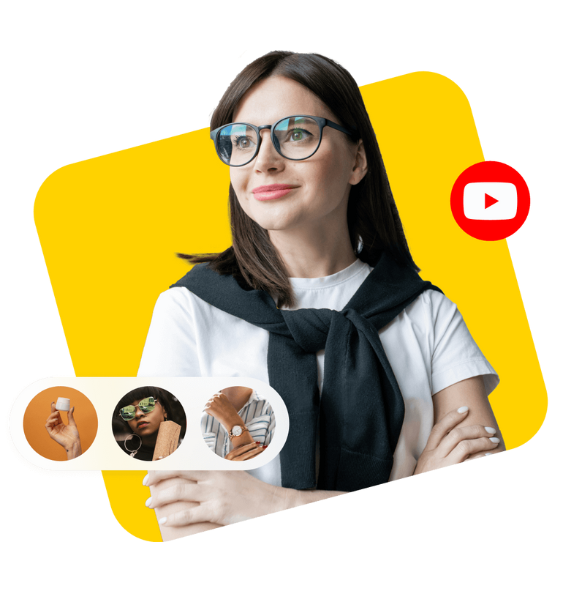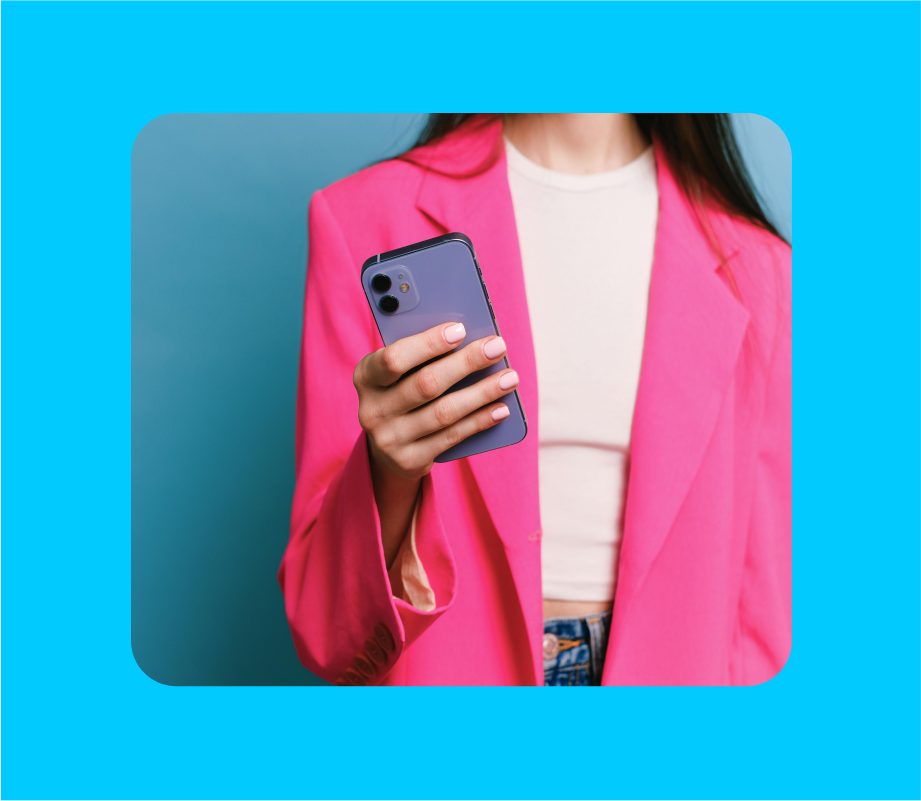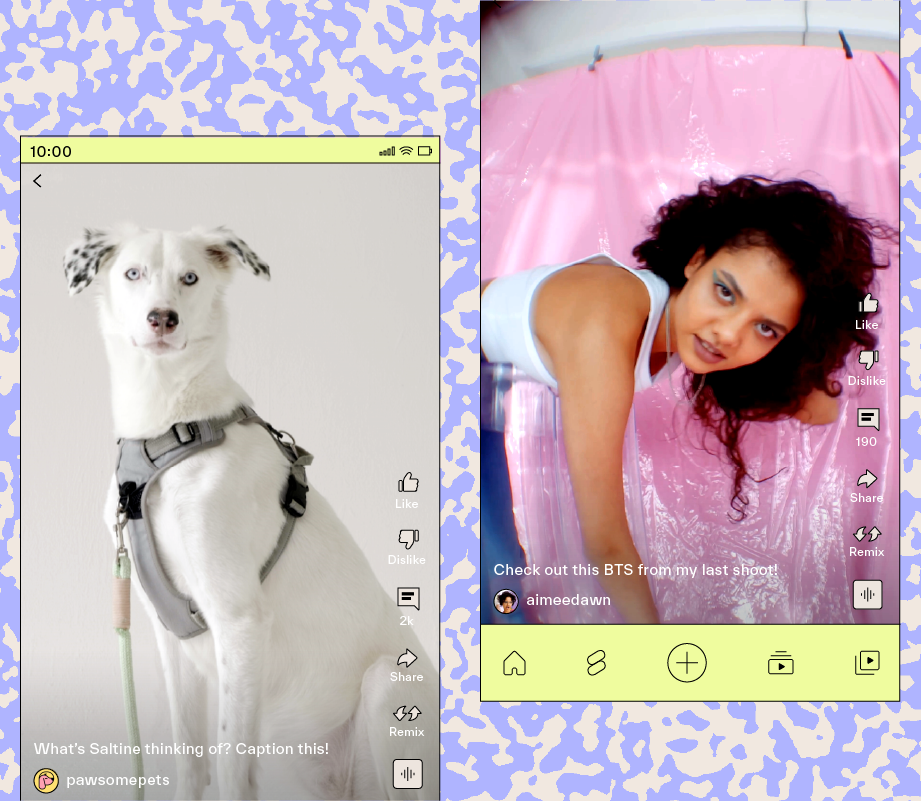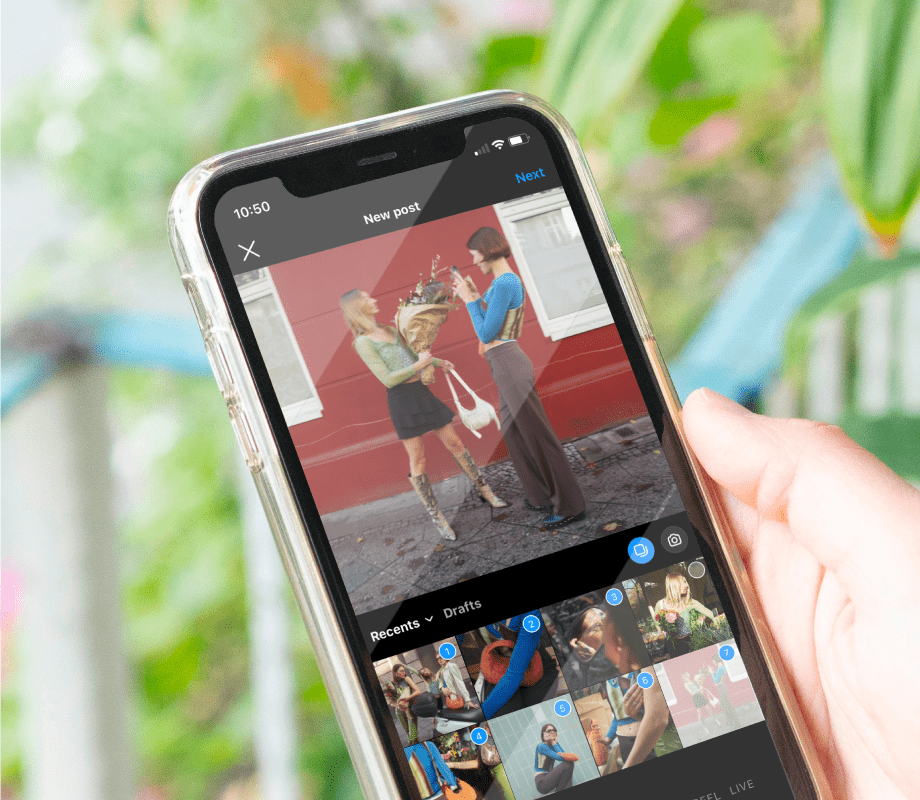YouTube remains a powerhouse even two decades after pioneering creator revenue sharing on social media.
Viewers spend about one billion hours per day watching YouTube videos, totaling approximately five billion videos viewed daily. And a lot of those views are monetized, allowing creators the ability to make money either directly from views or other monetization techniques.
If you’re currently a YouTube creator looking to grow your earnings or thinking of joining the platform, here’s what you need to know about monetizing your channel.

Table of Contents
How Do You Make Money On YouTube?
There are four ways you can make an income on YouTube.
1. YouTube Partner Program
The YouTube Partner Program is YouTube’s official monetization program for eligible creators based on the premise of revenue sharing.
In return for creating and uploading popular videos on the platform, YouTube pays creators in various ways.
Ad Revenue Share
This is when YouTube inserts ads throughout your videos and you receive a share of the revenue. Payout range varies, with creators reporting approximately $18 per 1,000 ad views.
YouTube Premium Revenue Share
YouTube Premium subscribers don’t see ads; instead, they pay a monthly fee. Eligible creators share 55% of the revenue YouTube collects from subscribers.
YouTube Shopping
YouTube Shopping is the platform’s native social commerce tool where eligible creators can sell products directly through their videos.
YouTube Shorts Fund
YouTube sells ads in the Shorts feature; eligible creators share 45% of the revenue generated.

2. Influencer Marketing
If you have an audience on YouTube, you can partner with brands as an influencer.
Depending on the brand deal, you might film a sponsored ad to include in your video content, do a product walkthrough or review, film a video on location at a store, hotel, or restaurant, or create specific content that shares a message relevant to the brand partner.
The key to being an influencer is not just maintaining (and growing) your audience, but brushing up on your business skills and sourcing potential brand partners. Joining Later’s Influencer Index can help you get there.
3. Affiliate Marketing
Affiliate marketing is when you promote a brand’s product using a custom link or coupon code — when someone uses it to make a purchase, you get a commission.
Creators can sign up for a ton of different affiliate networks, such as Rakuten and Mavely.
Interested in running an affiliate program? You can use tools in the Later Influence platform to test it out and get you started.
Just like influencer marketing, you want to ensure content-product fit and only recommend products that make sense for your content and your audience.
4. Subscriptions and Patrons
YouTube creators can post publicly while offering exclusive content to subscribers or one-time contributors. This can be done through YouTube Subscriptions or other platforms like Patreon, Ko-Fi, or Gumroad.
The key to success is adding more value for subscribers—behind the scenes content, IRL meetups, or other benefits.
How To Monetize Your YouTube Channel with YouTube’s Partner Program
If you want to monetize your channel through YouTube’s Partner Program, you have to meet eligibility requirements and apply. Here’s what you need to know.
Monetization Eligibility
According to YouTube’s support documentation, you become eligible for monetization if you meet one of two criteria:
Get 1,000 subscribers with 4,000 valid public watch hours in the last 12 months; or
Get 1,000 subscribers with 10 million valid public Shorts views in the last 90 days.
Monetization Requirements
Being eligible does not automatically mean you are enrolled in the program. You also have to:
Agree to follow all monetization policies
Live in a country/region where the YouTube Partner Program is available
Have no active Community Guidelines strikes on your channel
Make sure 2-Step Verification is turned on for your Google Account
Have advanced features access on YouTube
Have one active AdSense for YouTube account linked to your channel, or set one up in YouTube Studio
If you don’t get approved, don’t stress! You can still monetize in other ways and re-apply at a later date.
How To Find YouTube Sponsors & Brand Partnerships
If you’ve got an engaged audience, you can likely secure brand partnerships. Here’s what to think about to get more of these partnerships.
Understand Your Audience
Brands work with influencers to reach their audiences and leverage their credibility.
That means you need to know your audience! Helpful information from brands includes demographic information from YouTube Analytics, the types of content your audience enjoys from you, and the types of messages and products your audience prefers.
It’s a good idea to put all key information into an Influencer Media Kit so it’s easy to share with potential partners.
Know What You Can Offer Brands
Before approaching brands, think about what your partnerships can offer, like ad slots, sponsored videos, or product reviews.
You also have to think about your personal brand. If you’re a travel influencer, for instance, your sponsorships should relate to travel so it aligns with your audience.
Post Consistently
If brands feel you aren’t posting consistently, they might shy away from paying you for a sponsored deal.
All-in-one tools like Later Social can help with YouTube scheduling, YouTube analytics, and automations. You can even cross post content to other platforms, like Instagram Reels and TikTok, to help grow your YouTube audience.
Make Sure You’re Discoverable To Brands
Being a great creator doesn’t mean brands can instantly find you.
One way to be more visible to brands is through influencer marketing platforms. For example, signing up for Later’s Influencer Index can help connect you with thousands of potential brand partners.
Personalize Your Reach Outs
Always personalize your brand reach outs.
Avoid this:
Hi, I’m a YouTuber with [number] subscribers and looking to take on brand deals. Are you hiring influencers?
Try something more like this:
Hi [brand rep name],
I’m [your name], a [type] of YouTuber with [number] followers who values [something relevant to the brand].
If you’re thinking of working with influencers to promote [the brand’s products or services], I’d be happy to connect and see if we’re a fit to work together.
Thanks,
[Your name]
Remember Your Job Is More Than Content Creation
Monetizing YouTube means you’re starting a business—you need to connect with brands, get feedback, review contracts, complete work, and get paid.
If you are discovered through Later’s Influencer Index, those brands are already using Later Influence, so they will have all communication, contracts, and payments in one central spot.
How To Sell Products & Services On YouTube
Want to sell products on top of sponsorship deals? Here are some key tips.
Choose Relevant Products To Your Audience And Niche
Think about what kinds of products you might be able to create and sell. For example:
What you know that you can teach in an online course
Branded merchandise
A product you use regularly (e.g. a set of knitting needles if your channel is about knitting)
A product that empowers your followers to do something (e.g. an art kit to create a specific type of art that you talk about on your channel)
The key is selling products (or services) that are relevant to your videos. If you don’t, your followers might lose trust in your recommendations or even stop watching your content altogether.
Consider Product On Demand Or Private Labelling
If you don’t know how to make a certain product—or don’t want to—consider products on demand, private labelling, or dropshipping services. Shopify has dozens of apps that help you get started.
Sell With YouTube Shopping
If you get accepted into YouTube’s Partner Program, you can sell products directly through your videos.
Tips To Boost YouTube Views & Get More Subscribers
A key metric that will determine your earning potential is your views and subscriber count. Here’s how to boost these all-powerful metrics.
1. Find Your Voice
The most famous YouTubers are all known for their “schticks” such as impersonations, advice, or commentary.
Find your unique approach based on your perspectives, background, or lived experiences.
2. Remember To Engage
YouTube is a two-way street! Talk to your followers, respond to comments and DMs, and engage on their pages as well. This is how you can build loyalty, trust, and deeper relationships. And be sure to encourage folks to like, subscribe, and “ring the bell” to be notified whenever you post.
3. Automate Your Scheduling
We’re telling you to do a lot — create content, engage with customers, and manage a business. That means you should not be wasting time on tasks you can automate like scheduling and reporting.
4. Collaborate With Other Creators
Consider interviewing one another about your experiences, jointly making a video about a topic both of your audiences value, or promoting each others’ videos with YouTube Cards.
Start Making Money on YouTube
You can build your own thriving business with a monetized YouTube channel. But the key to success is realizing you’re starting a business with YouTube as a core element.
Make sure to pay attention to your content, promotion strategies, and growth strategies just like any other entrepreneur—that means looking for the right tools to help you along the way.
Sign up for Later Social today to help you manage your burgeoning YouTube empire and join the Later Influencer Index to get discovered by awesome brand partners.




